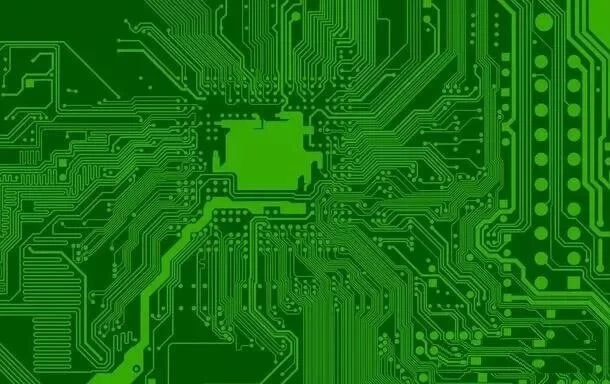Multiwire PCB is an innovative technology in the electronics manufacturing industry, specifically designed for the layout and production of complex circuits. As electronic devices continue to shrink in size and increase in integration, Multi-line PCB offers a more flexible solution to the routing challenges posed by traditional PCBs. Multi-line PCB embeds multiple independent wires within the board material, achieving highly integrated circuit designs. This method significantly simplifies the routing process, shortens production cycles, and enhances the electrical performance of the product.
Multiwire PCB’s unique structure provides significant advantages in applications requiring high-density wiring. Compared to traditional multilayer board designs, Multi-line PCB can embed multiple wires within the insulation layer, reducing the need for additional routing layers. This design not only lowers the overall thickness of the PCB but also reduces crosstalk and signal loss within the circuit, thereby enhancing overall performance. Especially in applications requiring compact designs and high-frequency performance, Multi-line PCB demonstrates exceptional potential.Multi-line PCB is increasingly used in high-frequency and high-speed circuits. Its embedded wire design greatly reduces inductance and capacitance effects in the signal transmission path, allowing signals to travel faster and more stably. For circuit designs requiring quick response and high precision, such as 5G communication devices, radar systems, and high-speed computing boards, Multi-line PCB is an ideal choice. Moreover, the high integration of Multi-line PCB also helps reduce the overall size of the board, thus lowering material and manufacturing costs.

Multiwire PCB
In addition to electrical performance improvements, Multi-line PCB offers numerous advantages in the manufacturing process. Compared to traditional PCBs, the production process of Multi-line PCB is more flexible and controllable. By embedding wires, complex routing schemes can be more easily achieved while minimizing common signal interconnection issues found in traditional PCB designs. For projects requiring rapid prototyping and small batch production, Multi-line PCB provides an efficient and cost-effective solution.
Multiwire PCB also excels in applications that demand high reliability and resilience in harsh environments. Its compact structure and embedded wire design can significantly enhance resistance to shock and interference, making it suitable for various demanding conditions such as aerospace, military, and industrial automation equipment. Whether in extreme temperatures or high-vibration environments, Multi-line PCB ensures stable circuit operation.
One of the standout benefits of Multi-line PCB is its manufacturing flexibility. Unlike traditional PCBs that require complex routing and multiple layers to achieve high-density connections, Multi-line PCB simplifies the process by embedding wires directly into the board. This reduces the need for multiple routing layers, cuts down on production time, and significantly lowers manufacturing costs.Moreover, the simplicity of Multi-line PCB fabrication allows for quicker turnarounds in prototyping and small-scale production runs. This makes it an ideal choice for companies looking to rapidly iterate on their designs without incurring the high costs and long lead times associated with traditional multilayer PCBs.
While Multiwire PCB offers numerous advantages, it also presents certain challenges that must be addressed. The primary challenge is the initial setup cost, which can be higher than traditional PCBs due to the specialized equipment required for embedding wires. However, the long-term benefits, such as reduced manufacturing costs and improved performance, often outweigh the initial investment.Another challenge is the limited availability of Multi-line PCB technology compared to traditional PCB manufacturing processes. As the demand for high-density and high-performance circuits grows, it is expected that more manufacturers will adopt Multi-line PCB technology, thereby reducing costs and expanding its availability.
Looking to the future, Multi-line PCB is poised to become increasingly popular in advanced electronics applications. As industries such as telecommunications, automotive, and consumer electronics continue to push the boundaries of performance and miniaturization, Multi-line PCB will provide the necessary capabilities to meet these demands. Its unique combination of electrical performance, reliability, and manufacturing efficiency positions it well to support the next wave of technological advancements.
In conclusion, Multiwire PCB represents a significant advancement in PCB design and manufacturing. Its ability to embed multiple wires within the PCB material offers a unique solution to the challenges of high-density and high-frequency circuit design. As the electronics industry continues to evolve, Multi-line PCB will play a critical role in enabling new innovations and driving the development of next-generation electronic products.